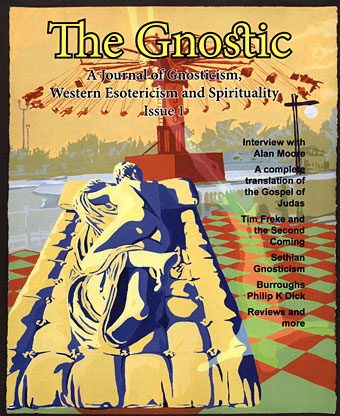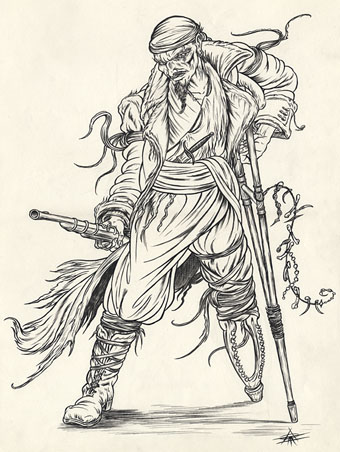I haven’t been using Twitter for very long and until today hadn’t seen the way it can spur people to action with incredible speed. Among my circle of people it was Neil Gaiman who set things rolling with a link to this post by author Mark R Probst which describes how Amazon.com have been quietly removing the sales rankings from books with gay content. Writer Craig Seymour notes it happening to a book of his back in February. They claim this is done as part of their policy of removing sales ranking from anything deemed “adult” and is intended to help (ie: protect by blanking) customers who don’t want to see “adult” material turn up in their searches:
In consideration of our entire customer base, we exclude “adult” material from appearing in some searches and best seller lists. Since these lists are generated using sales ranks, adult materials must also be excluded from that feature.
It quickly became apparent that gay and lesbian titles are being penalised in a very scattershot manner. As Jezebel.com noted:
Queer theory books, books on coming out, and feminism books lose their rankings, but A Parent’s Guide To Preventing Homosexuality gets to keep its rank? WTF?!?
Other people noted that Mein Kampf gets to keep its sales rank. There’s a growing list of affected titles here. Examples of inconsistency can be found all over; an early title by William Burroughs, Queer, has no sales ranking while Cities of the Red Night does. The latter contains a lot more hardcore gay sex than the former but I guess it was the title which damned Queer rather than the content. I could go on listing and comparing but you can do that yourself, it’s a curious diversion wondering what gets hit and what doesn’t. I had a quick look through Amazon.co.uk and that seems affected in an equally haphazard manner with gay-themed academic titles being stripped of their rankings while other books with erotic scenes (Alan Hollinghurst’s novels, for example) are left alone. Plenty of non-gay erotic books have also been left alone.
As a consequence of this the obvious thing to do is to boycott Amazon until there’s a clear change of policy, and I say this as someone who has a book of his own on sale there. Buy it elsewhere, people. I’m changing the Amazon Associates links on this site so they point to publishers’ pages or other booksellers. I’ve never made much from the Associates scheme but in the two years I’ve been a part of it the various clicks and orders from visitors have generated Amazon nearly £1000 ($1800). Given their present policy towards gay and lesbian books—accidental or otherwise—I don’t see why I should be assisting them any further.
Update: A theory that this was caused by some clever trolling. Um, I think not. As noted above, it’s been going on for some time.
Update 2: Amazon says: “We recently discovered a glitch to our Amazon sales rank feature that is in the process of being fixed. We’re working to correct the problem as quickly as possible.” Gay news blogs remain unconvinced. A pertinent quote from Andy Towle at Towleroad:
It … brings up a wider issue. This kind of double-standard happens not only across the internet but across media. Towleroad, for example, although we carry no pornographic content, is widely blocked as “adult” by many corporate filters simply because we write about gay issues. It’s the same reason magazines like OUT and The Advocate are often placed among porn titles on newsstands when they clearly don’t belong there.
Update 3: Patrick Nielsen Hayden’s appraisal of the farrago. Best theory I’ve seen so far (Amazon’s “glitch” excuse isn’t enough for most people, hence the ongoing theorising). Note that he doesn’t rule out the trolling theory either.
Update 4: Finally…a more detailed admission of culpability from someone at Amazon.
Update 5: NYT “Amazon Says Error Removed Listings“.
Update 6: Last word on the whole business (maybe).
Previously on { feuilleton }
• The art of Shinro Ohtake



